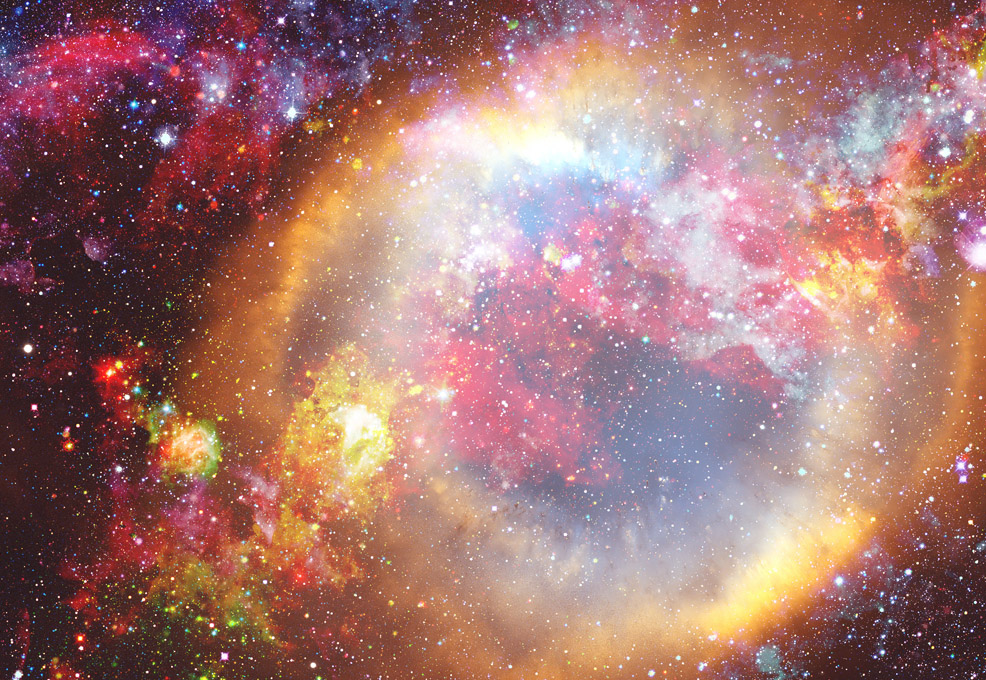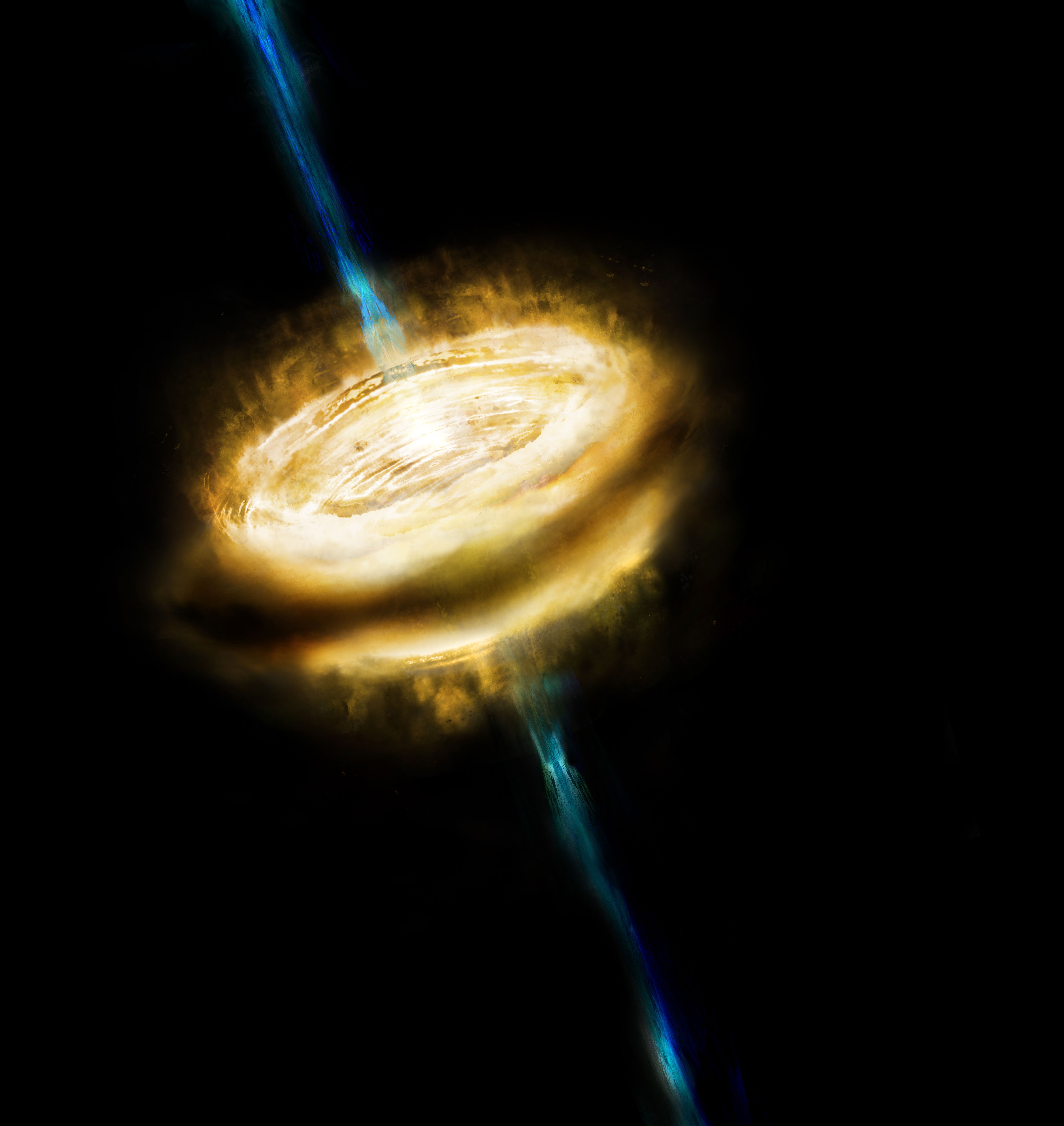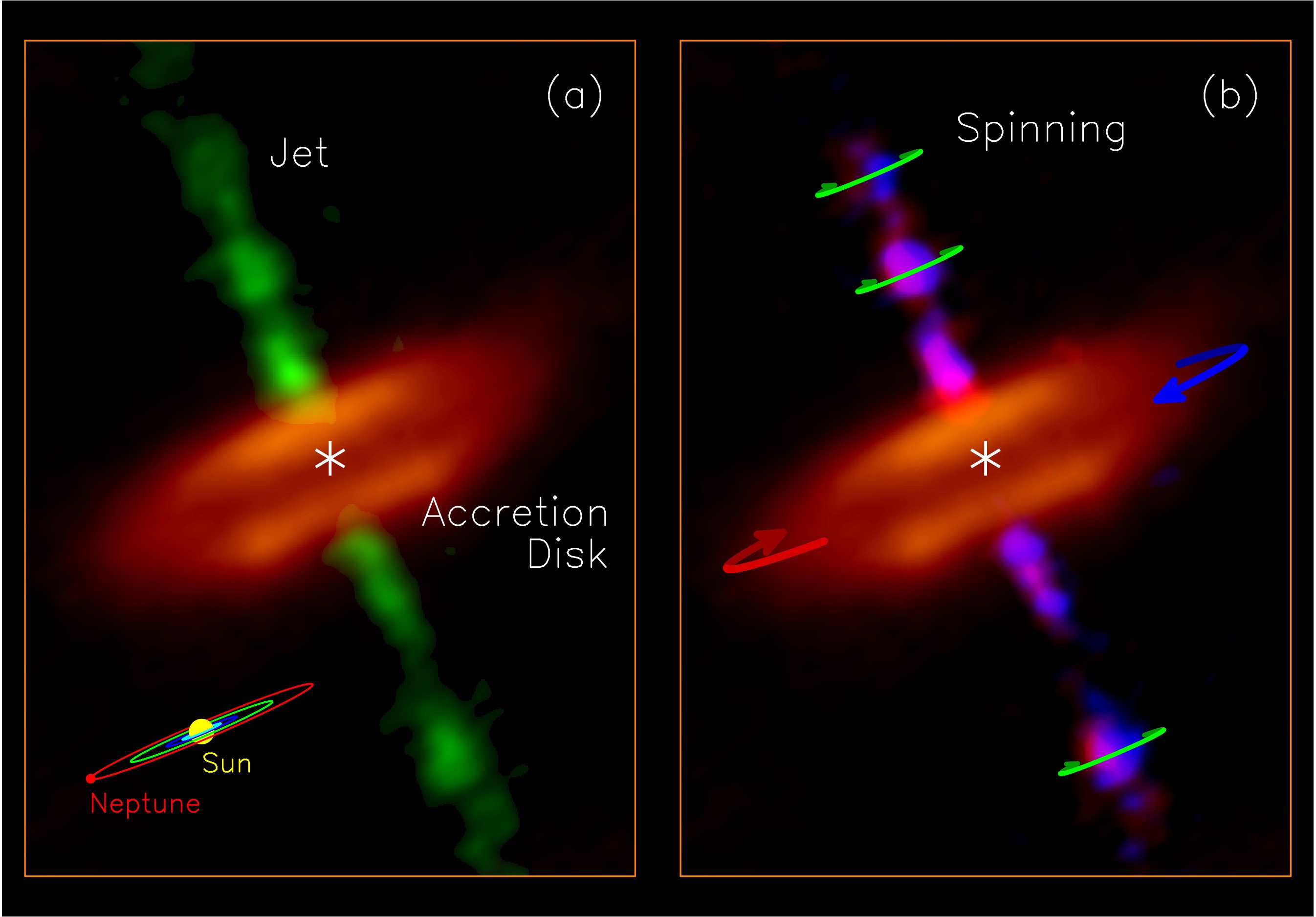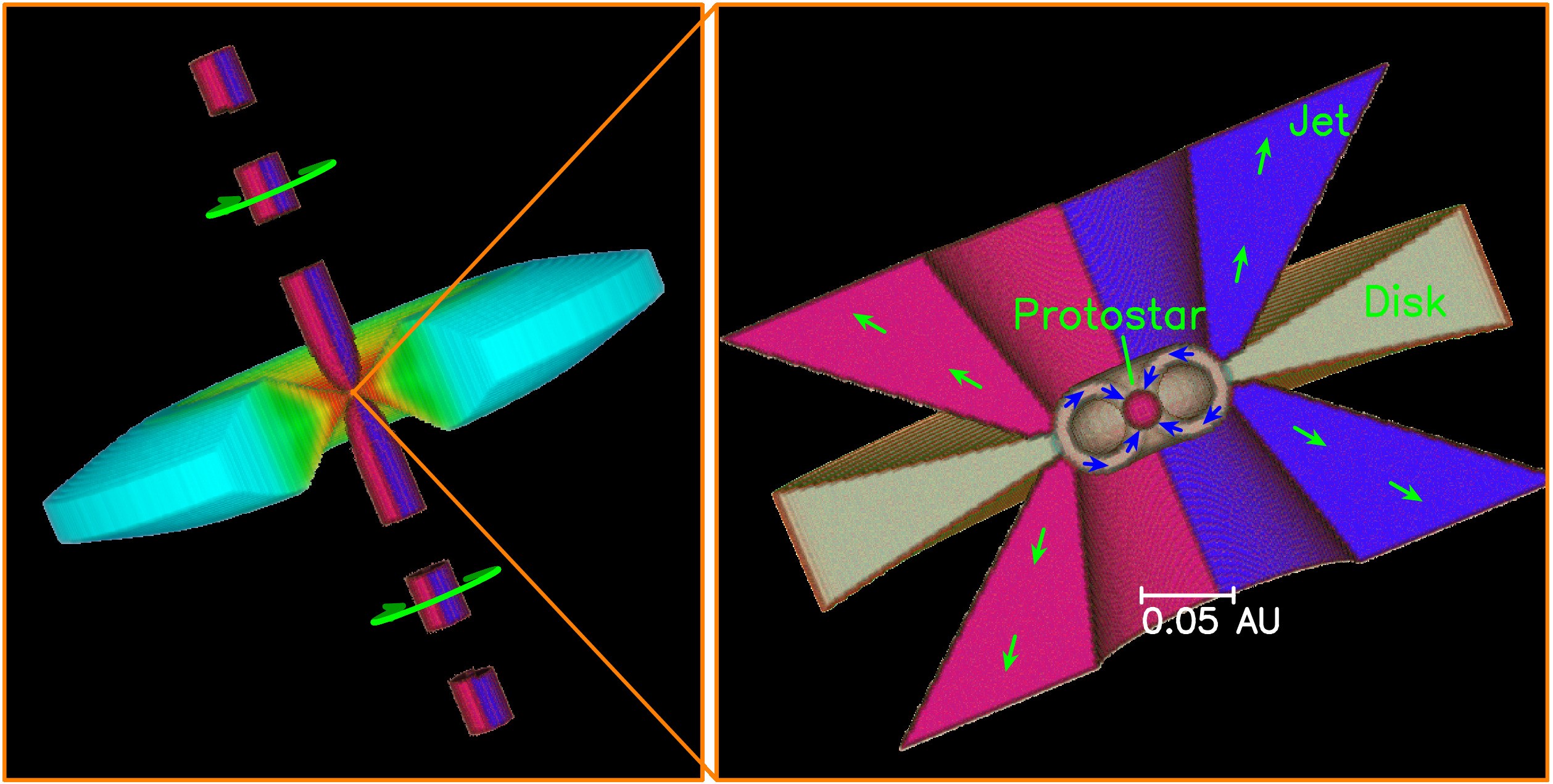Next-generation Energy devices: Nano-Supercapacitors and Electrochromic Smart Nano-Windows

Author(s)
Chin-Fei LeeBiography
Dr. Chin-Fei Lee is currently a deputy director and research fellow of the Academia Sinica Institute of Astronomy and Astrophysics (ASIAA). He is also a jointly appointed Professor in the Department of Physics at National Taiwan University (NTU).
Academy/University/Organization
Academia Sinica Institute of Astronomy and Astrophysics (ASIAA)Source
First detection of equatorial dark dust lane in a protostellar disk at submillimeter wavelength (Science Advances)https://advances.sciencemag.org
A rotating protostellar jet launched from the innermost disk of HH 212 (Nature Astronomy)https://www.nature.com-
TAGS
-
Share this article
You are free to share this article under the Attribution 4.0 International license
- NATURAL SCIENCES
- Text & Image
- May 20,2019
Stars like our Sun are forming all over the place in space, allowing us to study how they are formed and how our Sun came to be. They are formed deeply inside dusty molecular clouds through gravitational collapse, but the detailed process is still unclear and complicated by the presence of a magnetic field and angular momentum in the clouds. Recently, with the Atacama Large Millimeter/submillimeter Array (ALMA), the largest ground-based telescope, we have made a few breakthrough discoveries. In particular, we have obtained the first clear image of an accretion disk (appearing as a space hamburger) around a protostar (baby star), not only confirming the formation of an accretion disk in the baby phase in the presence of a magnetic field, but also providing key insights into the processes of grain growth and settling that are important to planet formation. Moreover, we have also obtained the first clear image of a rotating jet (appearing as a train of spinning bullets) carrying away angular momentum from the disk, allowing the disk to feed the baby star. This discovery provides a solution to the long-standing angular momentum problem in star formation. Our discoveries open up exciting possibilities of unveiling the feeding process through high-resolution imaging with ALMA.
 Artistic Conception of Accretion Disk and Spinning Jet around a Baby Star. Credit: ASIAA/Jung-Shan Chang
Artistic Conception of Accretion Disk and Spinning Jet around a Baby Star. Credit: ASIAA/Jung-Shan Chang
Our Sun is like a mother in our solar system, providing the light and heat for the living creatures on Earth. How it was formed is still a mystery. Astronomers have been looking into space and have found that stars like our Sun are forming all over the place, allowing us to study how stars are formed and how our Sun came to be. They are formed inside dusty molecular clouds through gravitational collapse, but the detailed process is still unclear and complicated by the presence of magnetic field and angular momentum in the clouds. Since no visible light can penetrate into the cloud cores because of dust extinction, optical telescopes, including the Hubble Space Telescope, are unable to fully unveil the feeding process of the stars, especially in the early (baby) phase. Now with the full power of Atacama Large Millimeter/submillimeter Array (ALMA), the largest ground-based telescope, we have made a few breakthrough discoveries, unveiling the feeding process at unprecedented spatial resolutions. ALMA is an interferometry in radio wavelength that can penetrate the cloud cores down to the feeding zones. Taiwan has joined this large international astronomical project, thanks to our past outstanding achievement. Our discoveries have already been reported in Science Advances and Nature Astronomy, with ALMA press releases.

Figure 1. Accretion disk (orange) and Spinning Jet (green in left panel and blue+red images in right panel) detected in the HH 212 star-forming system. Credit: ALMA (ESO/NAOJ/NRAO)/Lee et al.
In order to have the best view of the feeding process, we chose to study the nearby system HH 212 that is believed to have an edge-on accretion disk. It is located in Orion at a distance of about 1300 light-years. The central protostar (baby star) is very young and started to form only about 50,000 years ago. It has already gained a mass of about a fifth that of the Sun and thus must have accreted material efficiently. Our previous observations at a resolution of 200 au already found a hint of a small accretion disk near the protostar. Now with ALMA at a resolution of 8 au, which is 25 times higher, we not only detected the disk but also resolved its structure (see orange image in Figure 1).
The disk is nearly edge-on and has a radius of about 60 au, which is about 2 times the orbital radius of Neptune. Interestingly, for the first time in radio wavelength, it shows a prominent equatorial dark lane sandwiched between two brighter features, producing a “hamburger”-shaped appearance for the disk. The presence of the dark lane is due to relatively low temperature and high optical depth near the disk midplane. The structure of the dark lane clearly implies that the disk is flared, as expected in an accretion disk model. This confirms the formation of an accretion disk in the baby phase. In some models of star formation, the magnetic field can produce efficient magnetic braking, preventing an accretion disk from forming around a baby star. Our result clearly indicates that the magnetic braking, if present, is not as efficient as we thought.

Figure 2. A 3D cartoon showing the accretion disk and spinning jet, and the implied feeding process for the HH 212 star-forming system. Credit: Chin-Fei Lee
STAY CONNECTED. SUBSCRIBE TO OUR NEWSLETTER.
Add your information below to receive daily updates.




